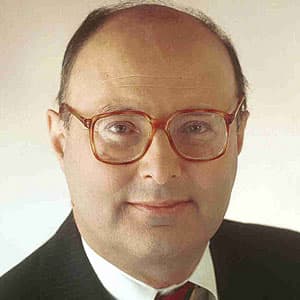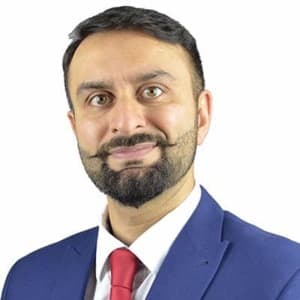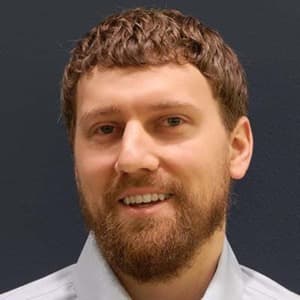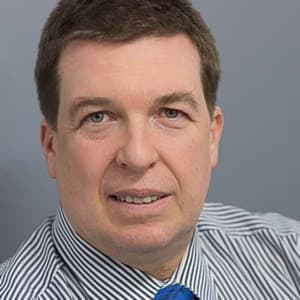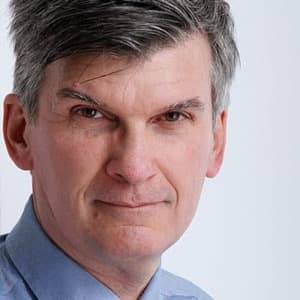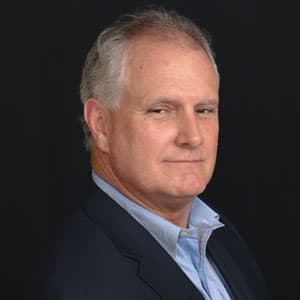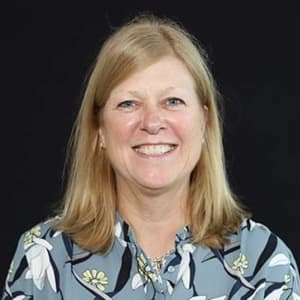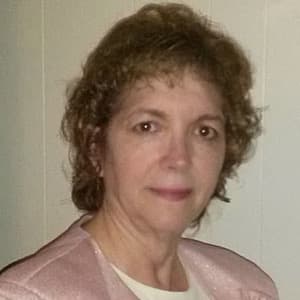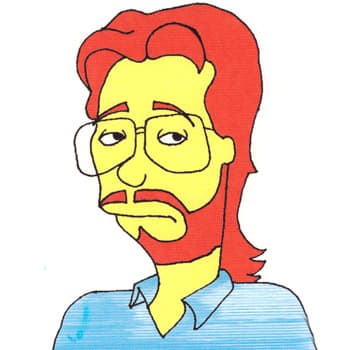The Blog
BBC Interview Series: Robin Goldsmith at Go Pro Management, Inc.
BBC 2017 Speaker Series – Consultant: Robin Goldsmith, President of Go Pro Management, Inc.
In anticipation of his presentation at Building Business Capability in Orlando, Nov. 6-10, 2017, we asked Robin Goldsmith, President of Go Pro Management, Inc., a few questions about transforming the business. Check out this interview in relation to his BBC presentation entitled, Writing the Right User Stories Right.
Q: In what ways do you help your client organizations handle business transformation?
A: Transformation involves going from where you are now to a presumably better place, not just marginally but radically, often by orders of magnitude. To accomplish that takes accurately identifying where you are now, why you’re there instead of where you want to be, what must be delivered to get you there and only then how to deliver it. My approach focuses first on identifying the REAL problem, opportunity, or challenge and the REAL value of solving it, next on writing the right user stories right by articulating the REAL business deliverable—what does that provide value by solving the problem and thereby achieving objectives, and only then defining a way to do it.
Q: Can you describe the challenges you face or have already overcome in establishing more robust business transformation capabilities for your clients?
A: Much of my consulting practice these days is directed toward training, which of course is essential for building the skills and knowledge needed to make meaningful transformation. Too often, though, students say, “This is great, but they won’t let us do it.” My ongoing mentoring and including all levels in training help overcome the common obstacles created by higher-ups who want wondrousness yesterday but don’t know the unconventional wisdom concepts and techniques I teach.
Q: What are your top suggestions for companies looking to become more agile?
A: Practically everything I see about Agile merely repeats the same semi-religious dogma platitudes—the Manifesto, scrum backlogs, demonizing anything non-Agile as waterfall, and the Agile experience as kumbaya. Those are all well and good, necessary but not sufficient. What they don’t deal with is actually doing the project work, and especially doing it well—get the right user stories right and move beyond “testing is embedded” to testing truly effectively.
Q: What’s the most valuable thing you’ve learned in the past year?
A: People take actions which don’t make much sense and may even be counter to their own interests when they are desperate for change and don’t have clear understanding of their alternatives. Limiting oneself to information which only supports current beliefs prevents rational analysis. Oh, and it doesn’t just occur in the project/business analysis world.
Q: What do you see as the most important goal or trend for business analysts and other professionals to keep in mind?
A: I give a presentation on, “Putting business and analysis back in business analysis.” Too many projects start and end with the often-technological product, system, software they think they should be building. Focusing prematurely on the product distracts from the business understanding and analysis needed to identify what I call the REAL business requirements, which provide value by solving the problem when satisfied right by a right product.
Q: What’s the latest method/process/tool you’ve implemented to help your client’s business’s operate more effectively? Have you seen any results yet?
A: This reminds me of the students who tell me they need an “advanced” class because they’ve already taken the basics; and they’re looking to learn different “advanced” techniques. I ask whether they use the basic techniques; and invariably they say, “No, that’s why I need advanced techniques.” Some of the key concepts and techniques I emphasize may be considered advanced, not because they are so sophisticated, but because conventional methods don’t know them.
Q: If you could go back 5 years in time and give some professional insight or advice to yourself, what would it be?
A: Be born rich as well as so darn good looking 🙂 Actually, I’m a classic shoemaker playing catch-up bringing my online presence up-to-speed because I didn’t give it the attention I should have the past five years.
Q: What’s one question you wished you were asked in this interview but were not? And how would you answer?
A: “How is my presentation different from the dozens of others with similar-sounding titles?” User stories seem as simple as anything could be, yet experienced analysts and others continue to have trouble getting them right. Rather than saying like most presentations merely that user stories should focus on value, my presentation shows how to actually do it.
Q: Sneak preview: Please tell us a take-away that you will provide during your talk at the Building Business Capability (BBC) conference this year?
A: Appropriate models coupled with business understanding and analysis, not wordsmithing or buzzwords, are the key to writing right user stories right.
—————————–
Don’t miss Robin’s presentation, Writing the Right User Stories Right, at Building Business Capability on Wednesday, November 8, 2017 from 4:50 to 5:50 pm. Click here to register for attendance.
2018 Program
Connect
Building Business Capability is the only conference that provides insight into Business Analysis, Business Architecture, Business Process, Business Rules, Business Decisions, and Business Strategy & Transformation toward the pursuit of business excellence.
STAY CONNECTED
Event Produced and Organized by Rising Media in association with Business Rule Solutions Copyright © 2010-2018, Rising Media, Inc. All Rights Reserved.

